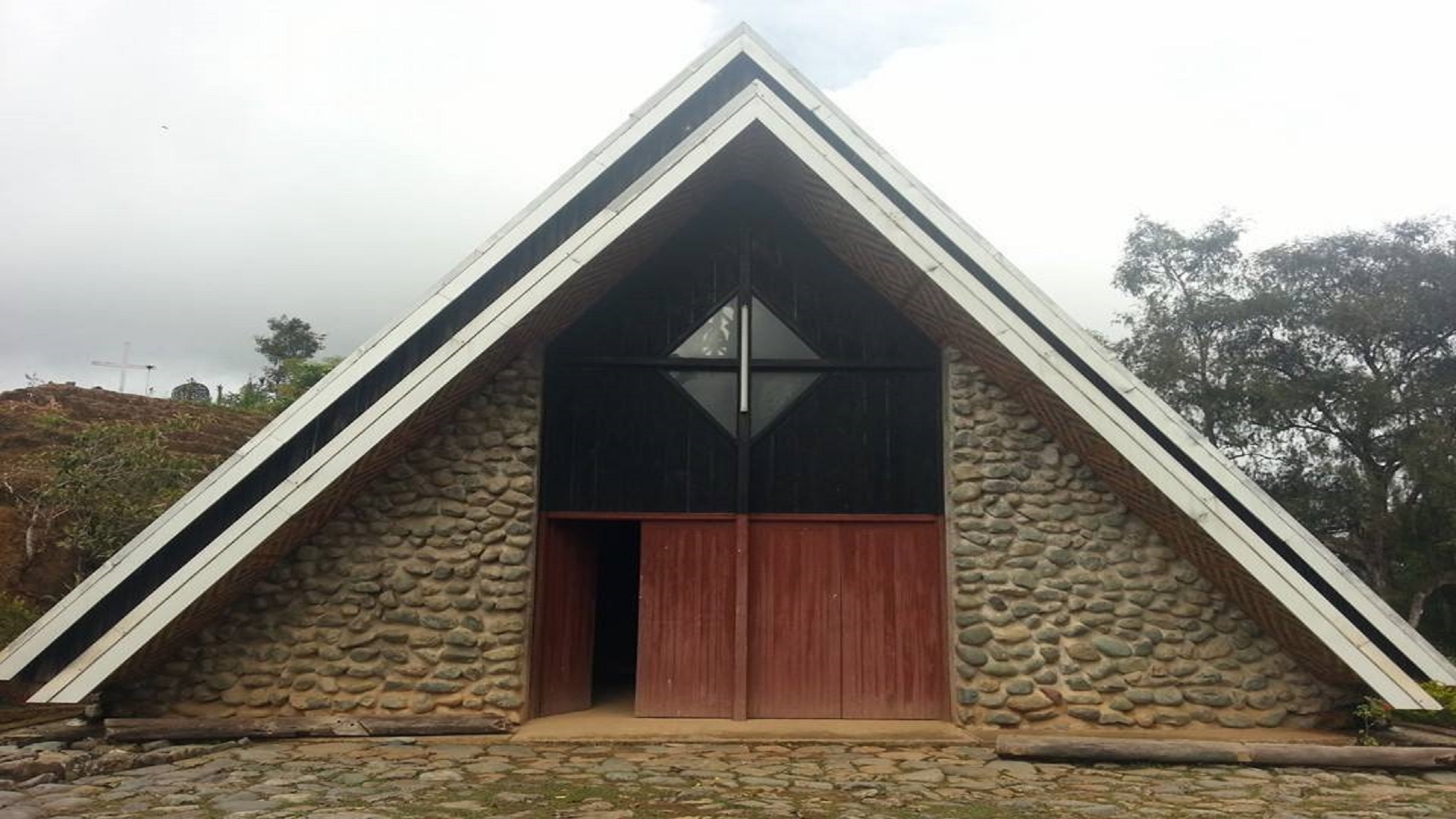The structure of Churches in Papua New Guinea can be used to deliver service to the very remotest parts of Papua New Guinea.
The Secretary for Department of Community Development, Youth and Religion, Anna Solomon said this during the farewell gathering of Israeli woman Archbishop Dominiquae Bierman earlier this year at the Grand Papua Hotel in Port Moresby.
Churches’ presence in PNG dates back to pre-colonial and pre-independence days, and their reaches are extensive compared to any institution in the country.
Whilst 87 percent of the population of PNG live in rural areas where most services are inaccessible, the presence of churches in the localities means availability of at least a school, health centre or airstrip.
Churches almost equally run most of the country’s infrastructure in terms of education and health with very well established structure that goes right down to the community level.
When I got very ill with Malaria some years ago in one of the remotest parts of Madang province only accessible by dugout motored canoes, I was brought to Anaberg Health Centre; the most nearest aid post that was run by the Catholic Church. The Health Centre served nearly all the population of the Lower Ramu District, an undeniable teller of the importance of churches and its structure in the country.
Although the government has its structure and service delivery arms, using the church in delivering services can be very effective as they are well stretched into the lowest level in the community necessarily uniting a people of diverse languages, tribes and culture.
The best development partner that PNG government can choose is the church because even when the government is effective in its service delivery, there is need to do more in the rural parts of the country.
A team of surveyors led by Colin Wiltshire of the Australian National University in a three-year survey for a major survey into public service delivery in PNG identified many challenges that are in rural areas that greatly affect service delivery including road networks, bridges, remoteness of health and education facilities.
“Service delivery has been a struggle to many of our people in rural areas”, PNG TV’s News Manager Belinda Kora said when speaking to ABC News.
Kora said some challenges include slow delivery of TFF funds, medical supplies, transportation and employment.
AusAID, the aid and development arm of the Australian Government initiated a program in 2004 in order to harness the energy, organising grassroots networks, and expertise of the churches to deliver development aid which the Papua New Guinean Government announced shortly after.


